Globally, the turf market is worth $2.06 billion and growing by more than 6% a year. In regions such as the United States and Canada, however, the use of artificial turf systems has varied markedly, often gaining popularity in densely populated areas and failing in less densely populated ones. Modern artificial lawn systems are far more complex than we thought, and although they don't need to be taken care of yet, they do mimic real lawns in surprising ways.
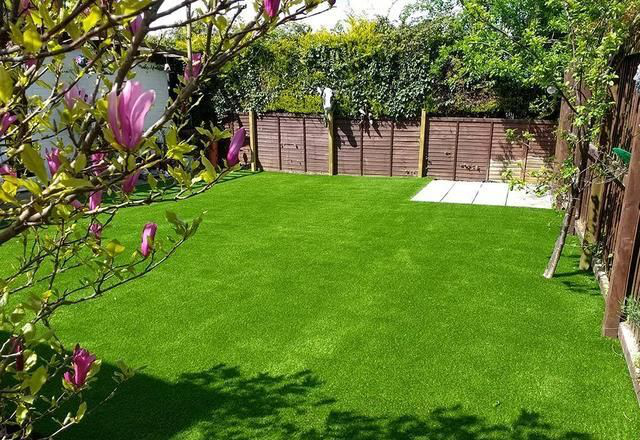
The original artificial lawn system seems to have met the needs of every user. These instant lawns require little maintenance and are essentially just green plastic carpets. Because of its simple use, it has been widely accepted in the world.
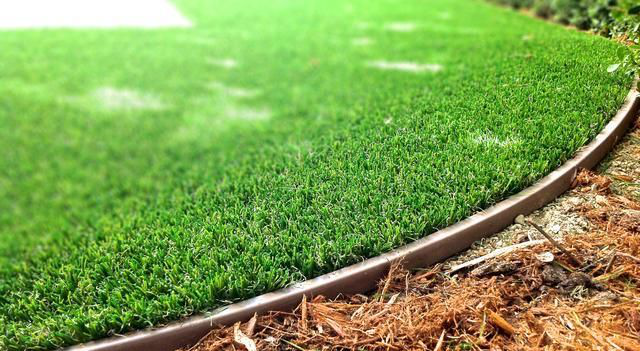
But the craze turned out to be a bubble, and artificial lawns, compared with natural ones, offered no real protection for those who suffered sports injuries as a result of crashing to the ground. In addition, when exposed to sunlight, the plastic leaves of artificial lawns can be more than 30 degrees hotter than those of natural lawns.
The makers of artificial turf realized that there was more to lawns than that. They were often laid over concrete or tarmac, which was hard and dangerous.
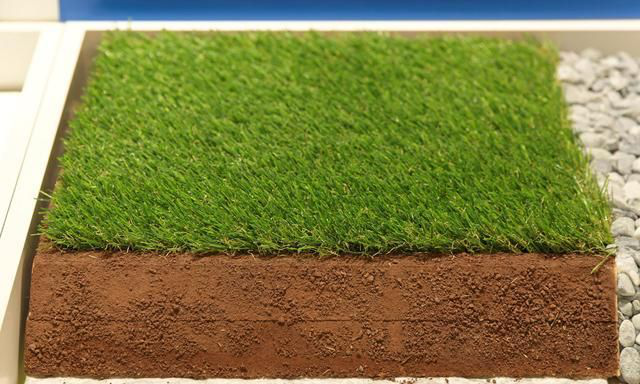
Researchers originally trying to use is similar to the surface of the soil structure, such as: rubber is very good, but they are still high temperature and has no drainage, the sand is good drainage, but if enter into people's eyes can cause serious damage, and researchers have finally proved that use a combination of mixed rubber and sand is the optimal solution.
In fact, grass is a complex plant, often not ornamental, and its leaves have complex shapes and surface structures that allow water to flow down to its roots. In general, lawns are rarely shiny because grass absorbs as much light as possible.
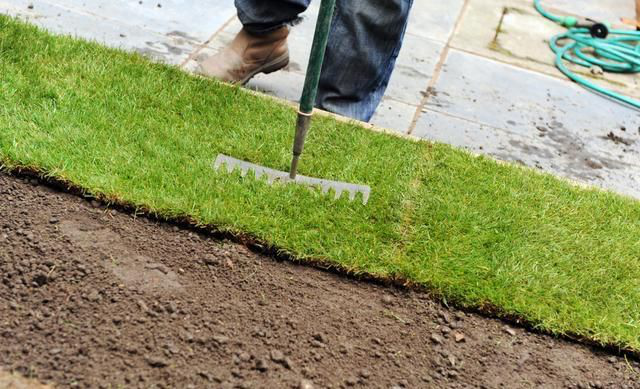
Researchers originally trying to use is similar to the surface of the soil structure, such as: rubber is very good, but they are still high temperature and has no drainage, the sand is good drainage, but if enter into people's eyes can cause serious damage, and researchers have finally proved that use a combination of mixed rubber and sand is the optimal solution.
In fact, grass is a complex plant, often not ornamental, and its leaves have complex shapes and surface structures that allow water to flow down to its roots. In general, lawns are rarely shiny because grass absorbs as much light as possible.
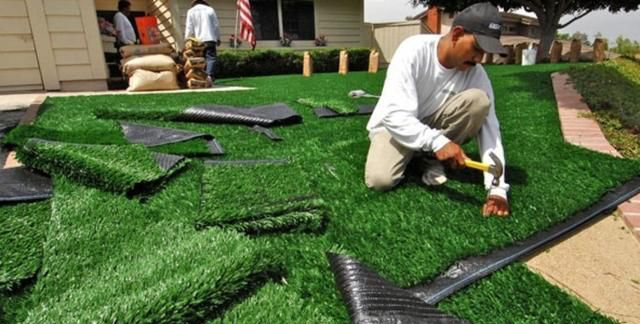
To get the most out of these artificial lawns, the shape and color of their strands must be changed. Some of the newer plastic blades are now designed to be uneven, but have contours that look like "W" shapes that increase the flow of water and heat, thus accelerating cooling.
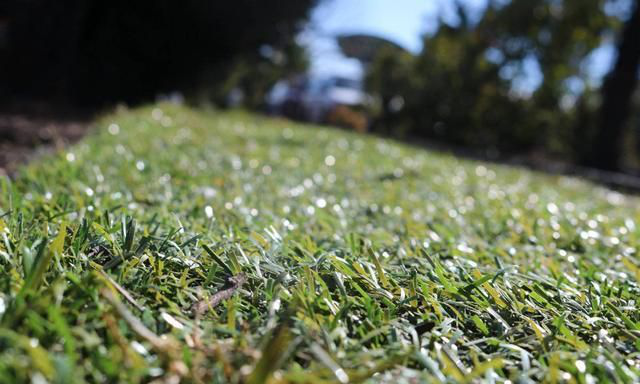
Modern artificial lawn systems are amazing structures, and they have become increasingly popular because they now absorb a certain amount of impact and can be as cool as real lawns, which look almost as much like natural lawns.